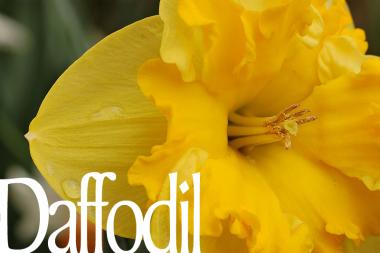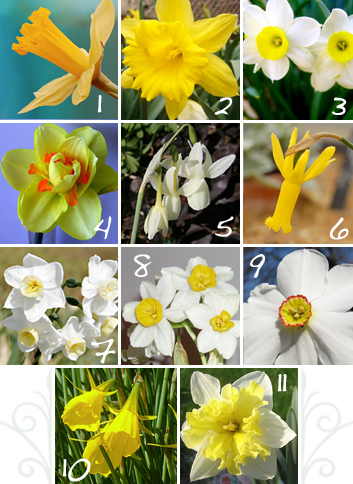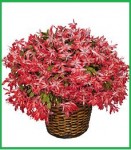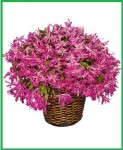Ask the Expert: Identification of this flowering shrub
A friend gave me this shrub, I did not realize that it blooms until last year. The first picture is the bloom, the second is of two buds, and the third is another bloom. I have not found anyone around that can identify this plant. The leaves are a velvety grayish green color on the underside, it is a woody type shrub. Can you help me? Kelly
Plant Expert Reply:
I believe the plant is a Feijoa sellowiana – Acca sellowiana (Pineapple Guava). It is an evergreen shrub that produces an edible fruit after 3 to 5 years. The kiwi size fruit tastes like a cross between a pineapple and guava with a hint of mint. The sweet edible flowers appear May through June. Temperatures from 20 to 50 degrees stimulate flower production. They need full sun and usually prefer a zone 8 or above if planted outside.
This flower identification question was brought to you by the local florists in Boca Raton


 Find Your
Find Your 











